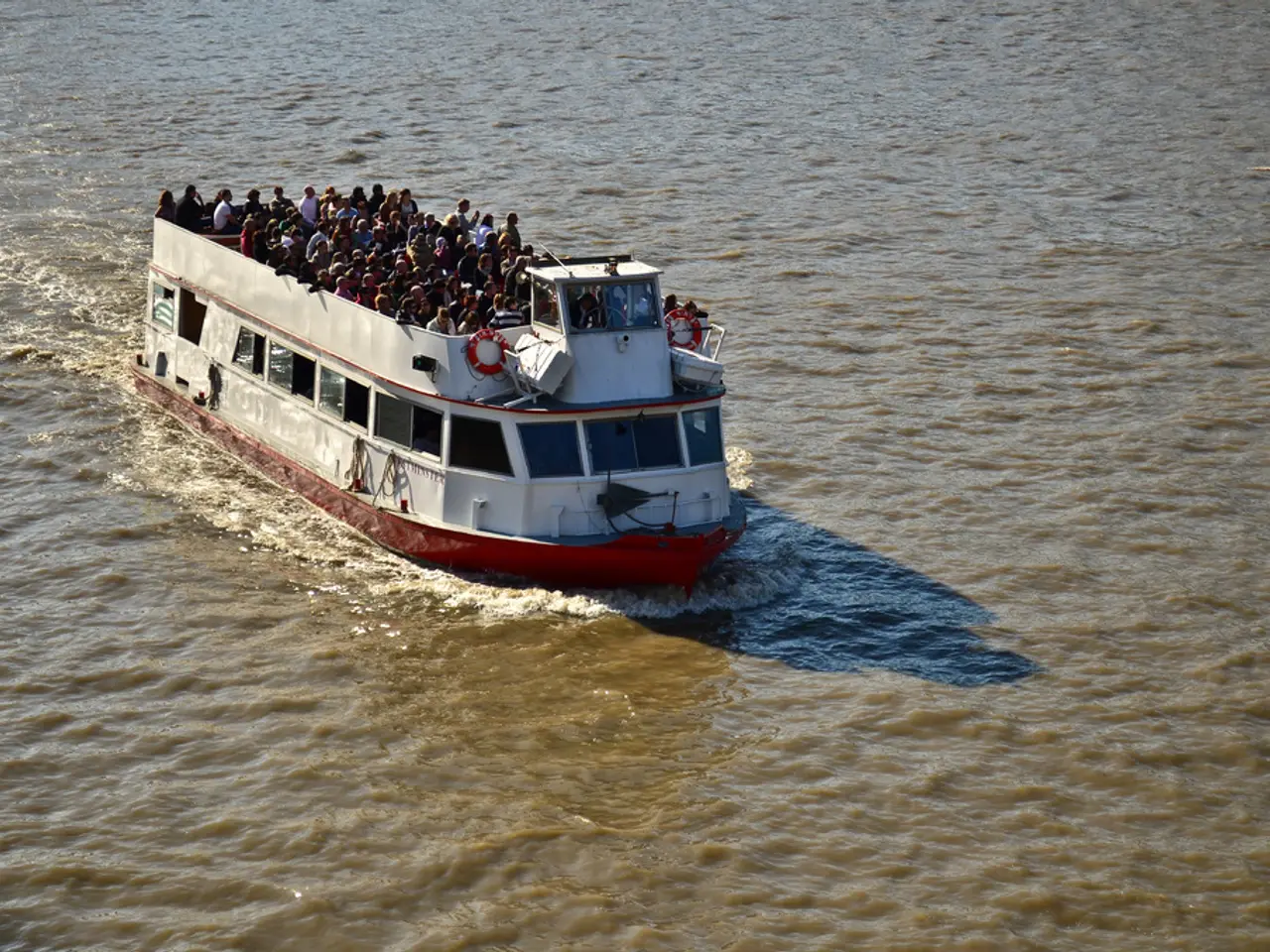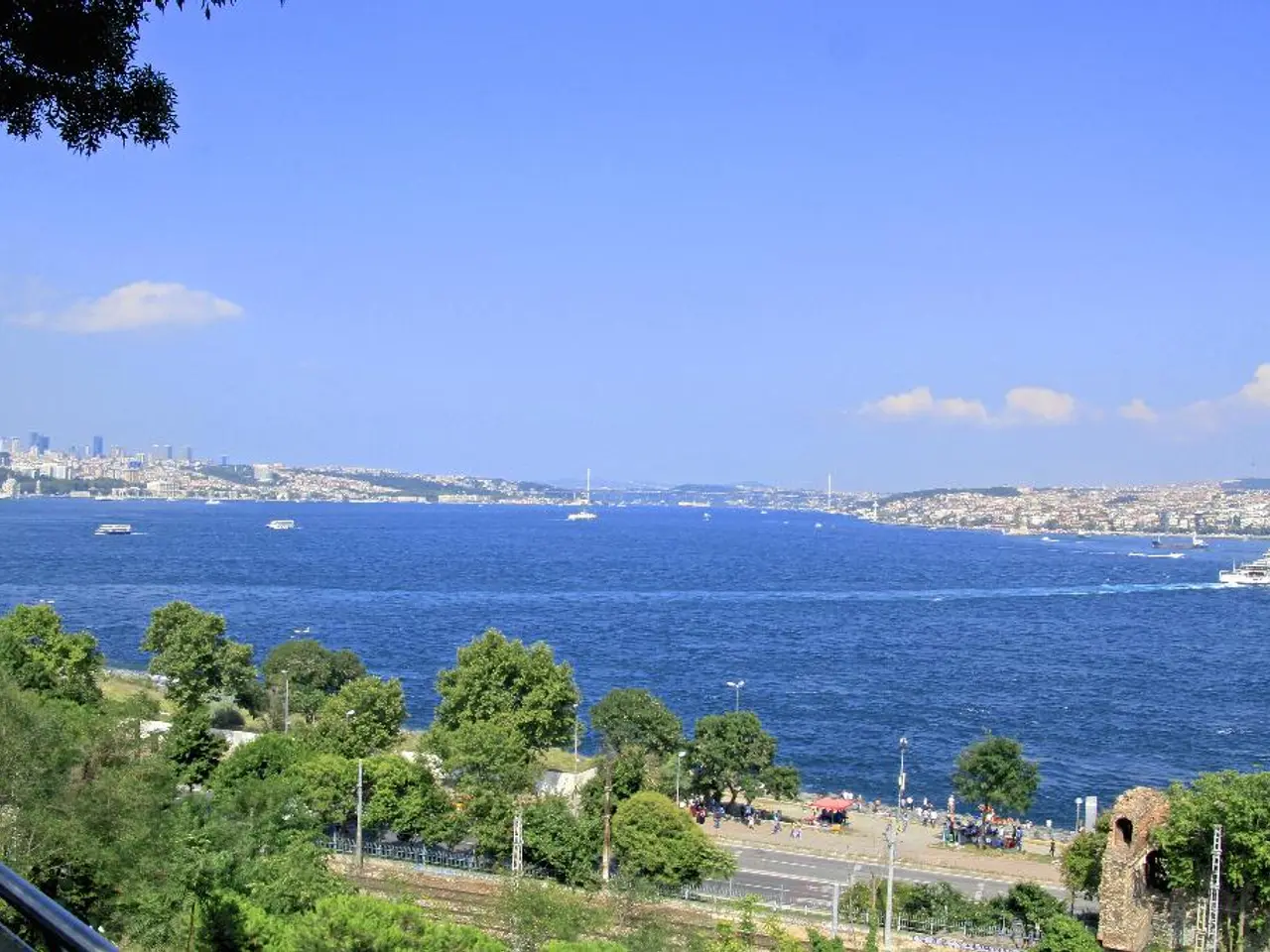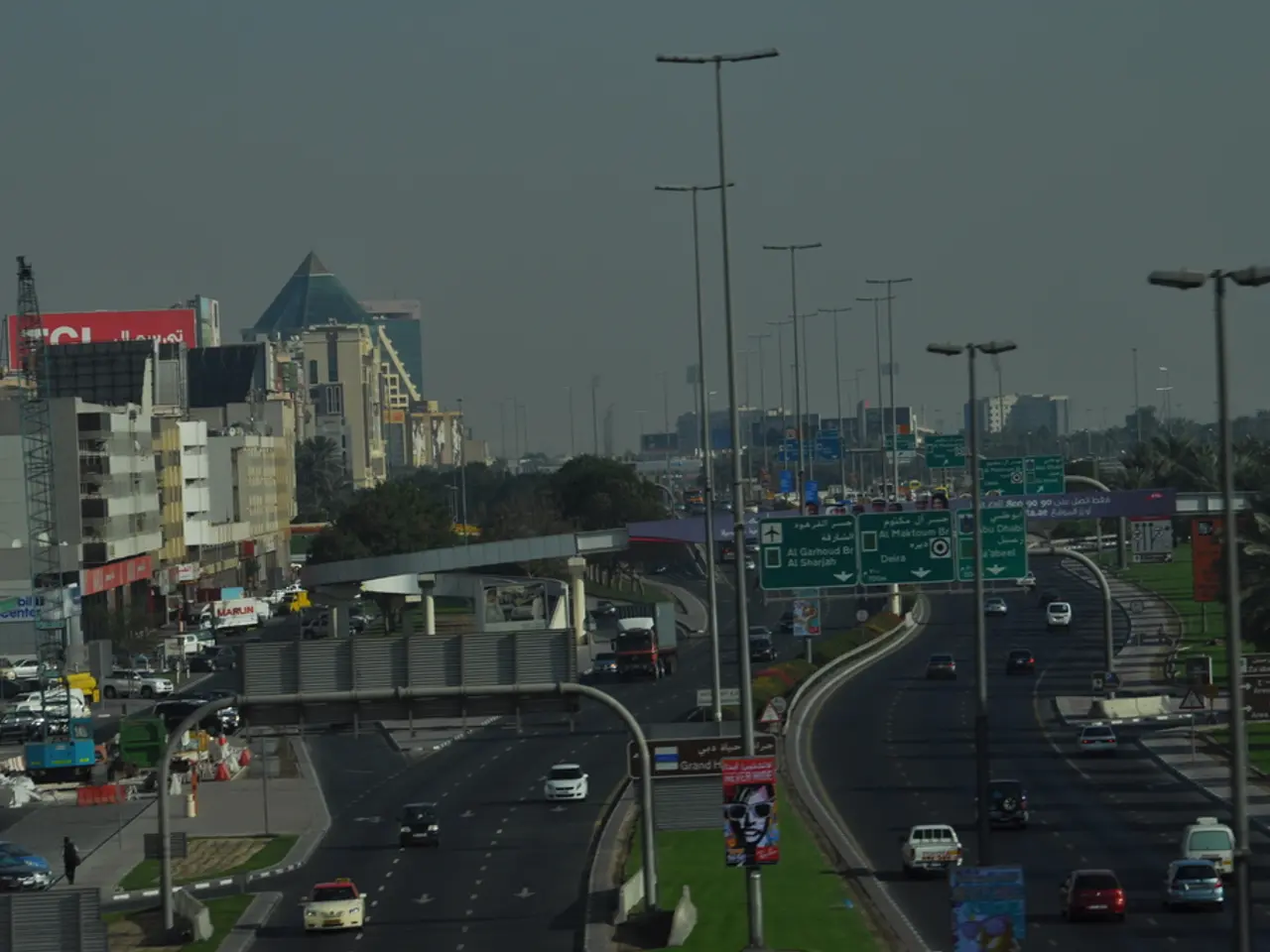Bavarian fairy-tale castles now designated as a global heritage site by Germany
In the heart of Bavaria, one of Europe's most enchanting regions, lies Neuschwanstein Castle - a fairytale fortress that has captivated millions of visitors each year. Recently, the castle has implemented a new strategy for managing mass tourism, aiming to preserve its outstanding universal value while ensuring a quality visitor experience.
The strategy, designed to protect the castle's unique charm and architectural mastery, is part of a broader movement to safeguard UNESCO World Heritage sites from overcrowding, environmental degradation, and loss of cultural integrity.
Key strategies include visitor caps and quotas, timed entry and reservation systems, tourist taxes and fees, zoning and access regulations, community engagement, and disaster risk management.
Limiting the number of tourists daily and requiring advance bookings with timed entry will prevent overcrowding and help preserve fragile environments, much like at Machu Picchu and Santorini. Charging entrance or tourist taxes will discourage low-value mass tourism and generate funds for conservation and sustainable management, as seen in Venice and Bhutan.
Defining specific tourist zones with restricted access will manage visitor movement and reduce negative impacts on local communities and natural resources, as demonstrated in Santorini and Kyoto. Involving local communities as heritage custodians will empower them and ensure tourism benefits residents, fostering long-term support for conservation efforts.
Training site managers in managing risks from natural disasters and human impacts is crucial to protecting site integrity and visitor safety over time.
For Neuschwanstein Castle, these principles translate into setting visitor limits, implementing advance booking with timed entry, potentially introducing visitor fees earmarked for upkeep, regulating visitor flow inside the castle and surrounding areas, and engaging local stakeholders in sustainable tourism planning.
The Bavarian Palace Administration, who titled the World Heritage application for the castles as "Built Dreams," has emphasized the need to prevent further overloading of the monuments. The award does not come with financial support, but it increases the already high profile, which should benefit tourism.
Neuschwanstein Castle, along with Herrenchiemsee, Linderhof castles, and Königshaus am Berg Schachen in Upper Bavaria, have been awarded the World Heritage seal. The castles, described by the President of the German UNESCO Commission, Maria Böhmer, as architectural masterpieces and a testament to the artistic imagination and eccentricity of King Ludwig II, have inspired cinema and Walt Disney for years.
Bavaria's Minister-President Markus Söder (CSU) described the inclusion as a "fairytale" come true. Preparations for the intended appointment as a World Heritage site in Bavaria have been underway for about a quarter of a century.
As we move forward, it is essential to strike a balance between preserving these architectural wonders and allowing visitors to experience their magic. The new strategies aim to do just that, ensuring that Neuschwanstein Castle remains a beacon of beauty and inspiration for generations to come.
- Engaging local communities as heritage custodians is crucial for Neuschwanstein Castle, as it will empower them, ensure tourism benefits residents, and foster long-term support for conservation efforts, similar to what has been demonstrated in Santorini and Kyoto.
- Just as travel to Machu Picchu and Santorini is regulated through visitor caps, timed entry, and tourist taxes to preserve fragile environments, Neuschwanstein Castle could potentially implement similar policies, such as limited daily visitor numbers, advance reservations, and entrance fees earmarked for upkeep, to prevent overcrowding and manage tourism in a sustainable manner.




